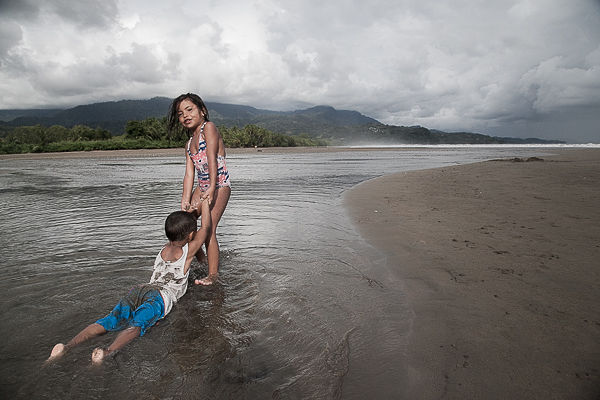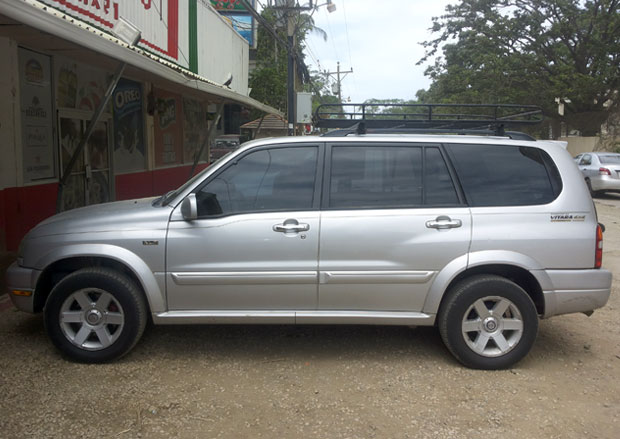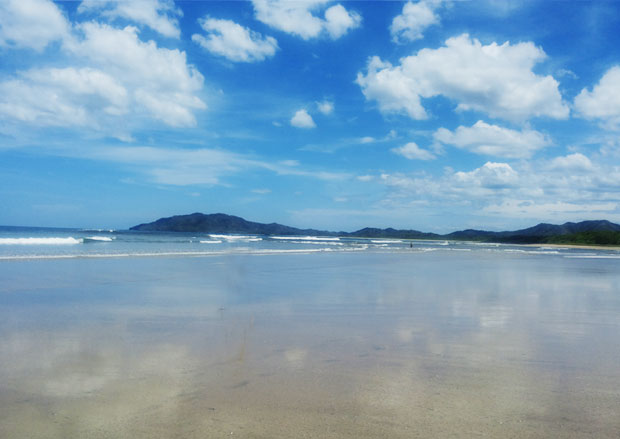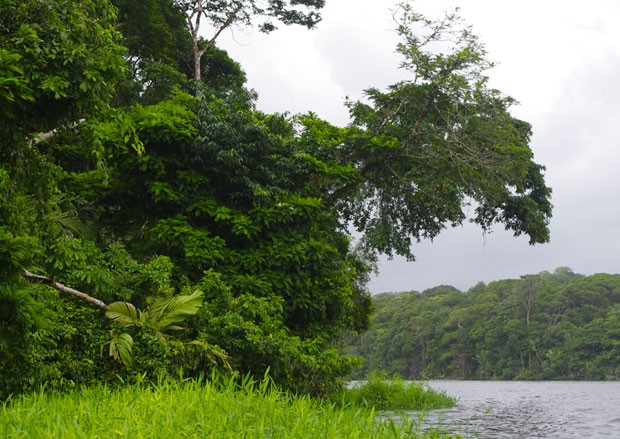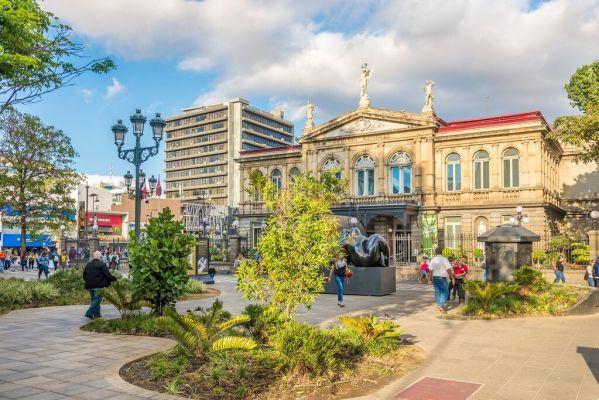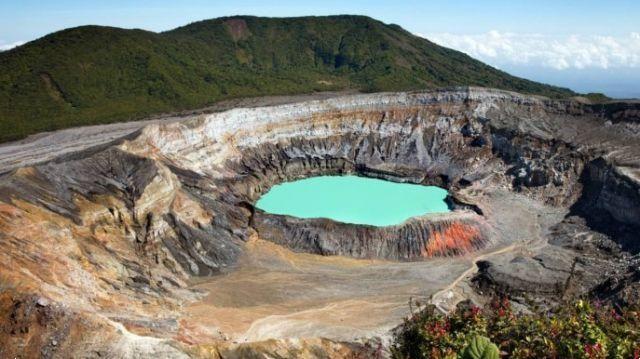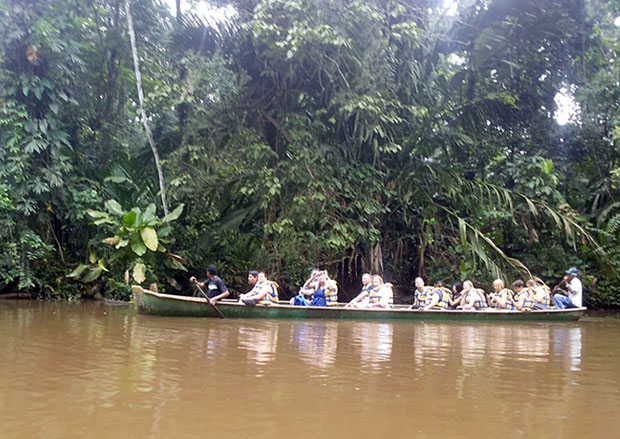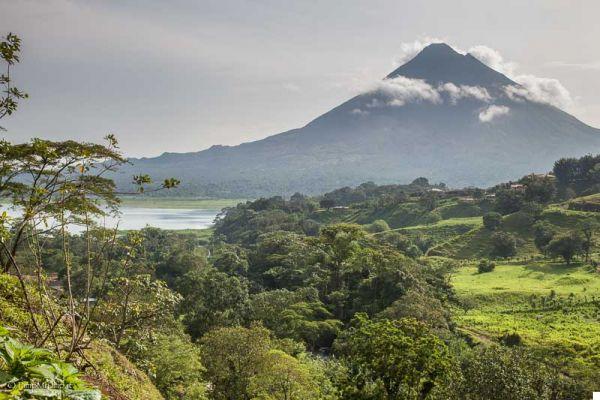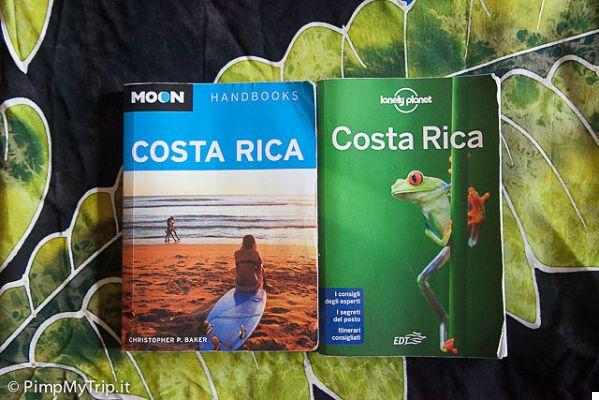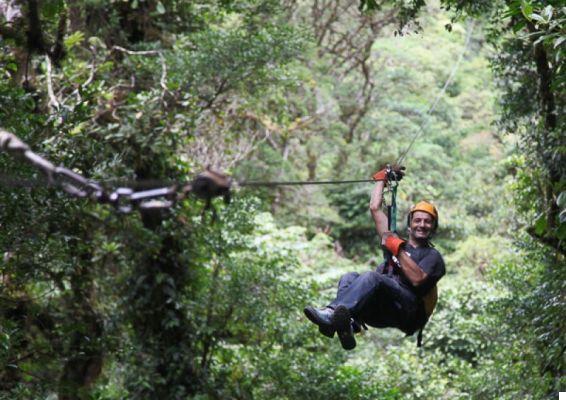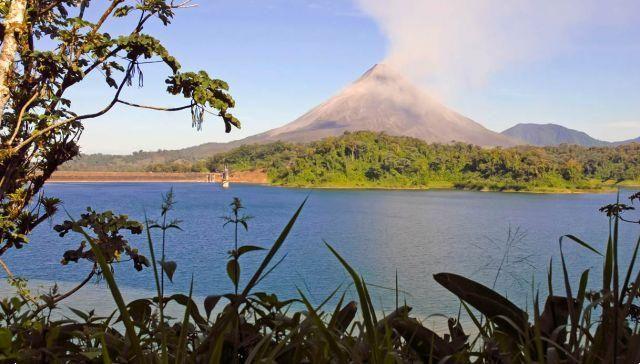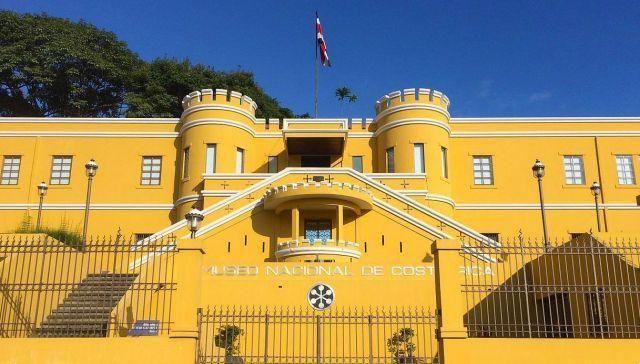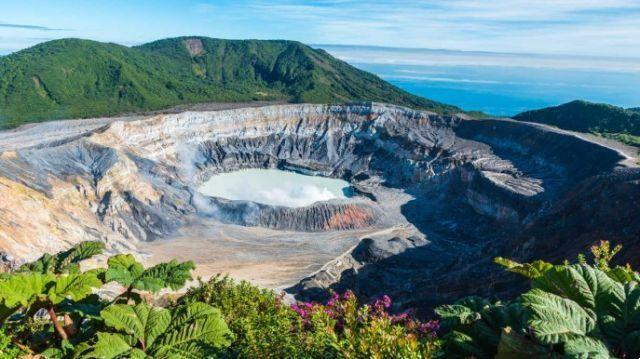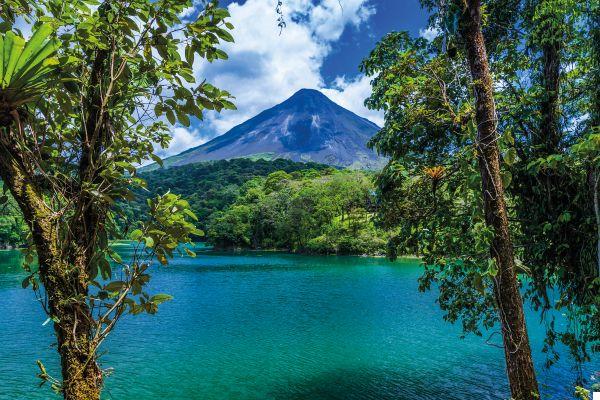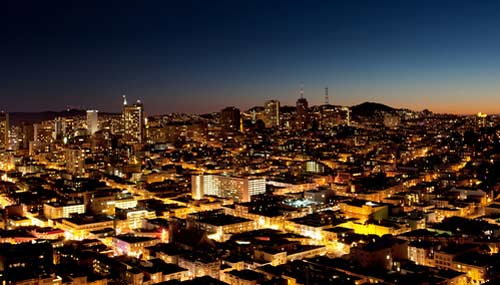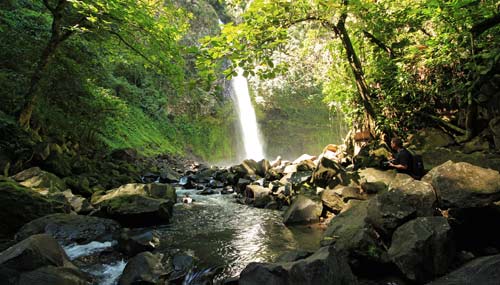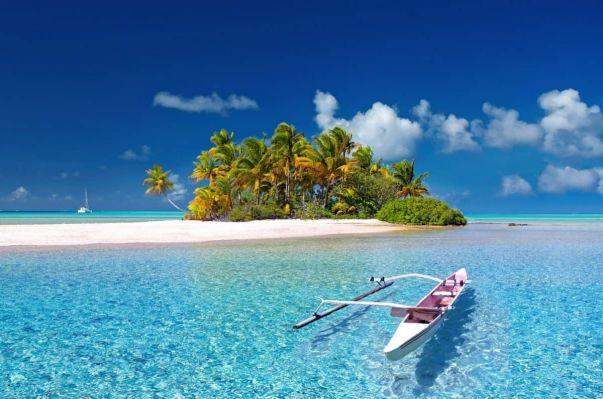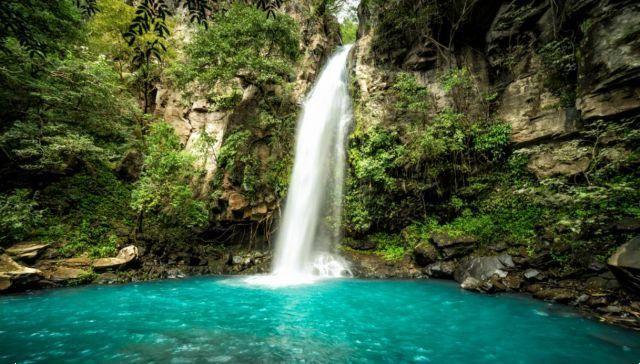 Let's discover the Republic of Costa Rica, its incredible geographical diversity and its related climatic conditions
Let's discover the Republic of Costa Rica, its incredible geographical diversity and its related climatic conditions
La Republic of Costa Rica it is a small state in Central America, the size of Switzerland, with a population of around five million inhabitants. Christopher Columbus landed there in 1502, during his fourth voyage to the West Indies, but the area officially became a Spanish colony in 1540 and finally obtained its long-awaited independence in the mid-nineteenth century. Costa Rica is bordered to the north by the state of Nicaragua, to the east by the Caribbean Sea and Panama and in the southern western area by the Pacific Ocean.
Its capital is San Jose, a large city inhabited by approximately nine hundred thousand people, located on a plateau over a thousand meters above sea level. Costa Rica is divided by a large central mountainous region into two parts that are quite similar in size, the western one, overlooking the Pacific Ocean, and the eastern one, overlooking the Caribbean Sea. The east coast has experienced a huge tourist expansion over the decades, due to its climate and its enchanting landscapes.
Costa Rica is famous throughout the world for the incredible biodiversity which characterizes it, with breathtaking and extremely varied and changing landscapes, with truly unique flora and fauna. The country is in fact characterized by over a thousand kilometers of coastline, most on the Pacific Ocean side and part on the Caribbean Sea.
The side of the Pacifico it presents an incredible and unique nature in the world, with a succession of bays, inlets and gulfs, as well as hosting kilometers and kilometers of enchanting beaches of shining sand. Much of the territory of Costa Rica is also characterized by the presence of imposing and majestic mountain chains and volcanic promontories, some of which are still active.
The highest mountain in Costa Rica is the Cerro Chirripo, which reaches 3.820 meters above sea level; while the Mount Terbi, which, with its 3.761 meters of height, comes in second position. There central volcanic cordillera it is instead a chain formed by four volcanic promontories, among which the Poás is the one that has most often shown a certain activity both in the form of ash eruptions and in the form of geyserian activity.
There is also another important and majestic mountain range, the Guanacaste mountain range, which extends from north-west to south-east for over one hundred kilometres. The chain has numerous volcanoes, among which the most important are Rincón de la Vieja and Arenal, which presents constant and sustained activity, emitting gases and vapors.
From the point of view climate, the Pacific coast is a little less hot and less humid than the Atlantic-Caribbean one, which is instead characterized by high rainfall. The climate of Costa Rica is in fact generally very rainy, although depending on the different geographical areas the country has diversified and specific climatic conditions: the climate varies between temperate, tropical and subtropical.
Most of the population lives in the area of Plateau, located at a height ranging from 500 to 1.500 meters. Generally in this area the temperature varies between 14 and 27°C, while at high altitudes the temperatures are decidedly lower and range between five and fourteen degrees and present intense temperature variations.
The entire Pacific coast knows a clear distinction between the two main seasons, the dry and the rainy. The latter, between the months from May to October, is separated from the dry season by a transition month, November. The dry season, however, is included in the months from December to March. The Caribbean region is certainly the rainiest in Costa Rica and is not characterized by a real dry season, as the rainfall remains constant throughout the year and at rather high levels.





